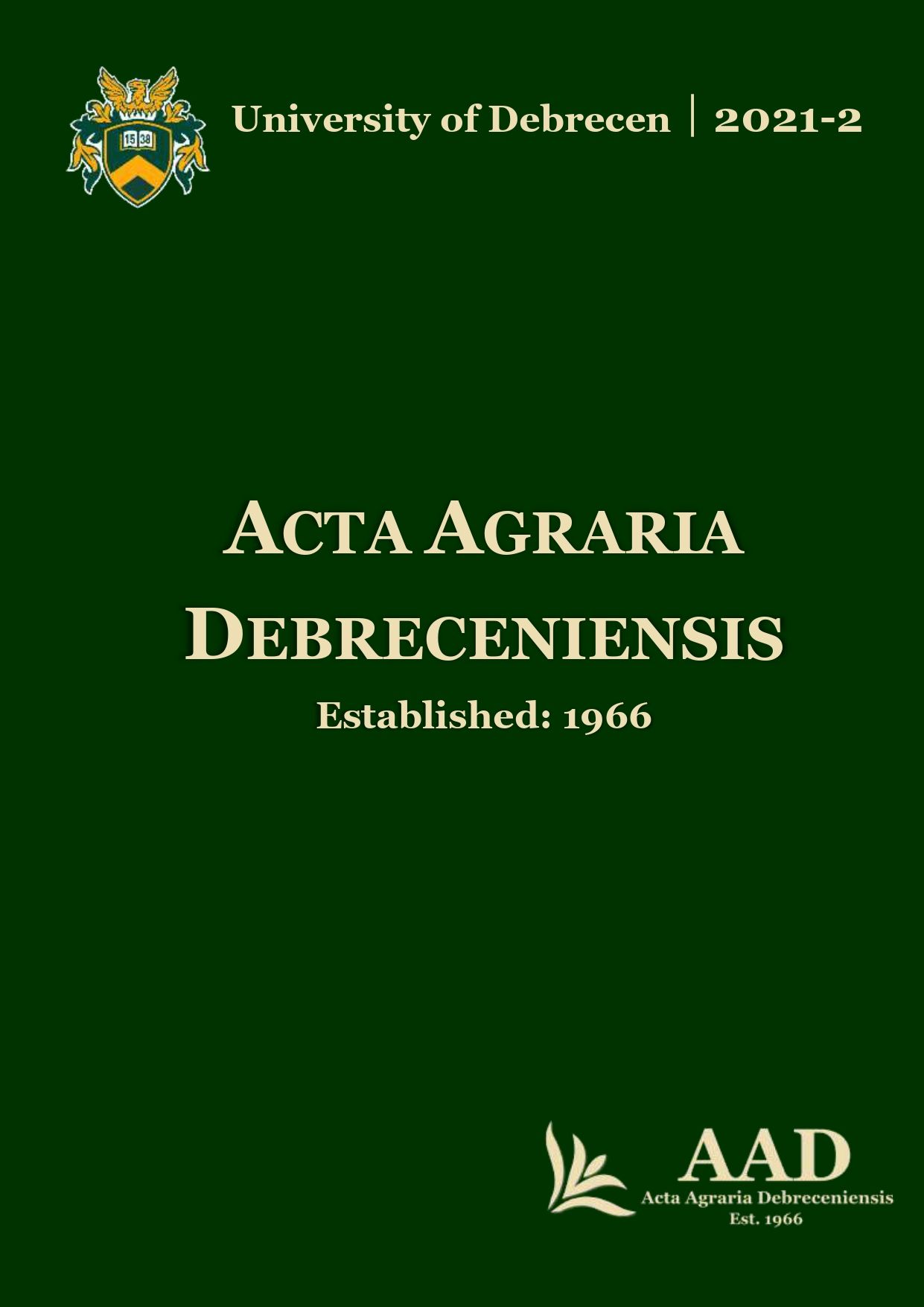Fast neutron irradiation long term effect on Ocimum basilicum germination and initial vegetative parameters
Authors
View
Keywords
License
Copyright (c) 2021 by the Author(s)

This work is licensed under a Creative Commons Attribution 4.0 International License.
How To Cite
Accepted 2021-11-29
Published 2021-12-08
Abstract
The goal of this study is to assess the long-term (3-year) effects of rapid neutron irradiation using an Americium-Beryllium source on two generations (M0 and M1) of Ocimum basilicum commercial trait. Seeds of each variety and generation were irradiated with 0, 7.5, 20, 40, and 50 Gray in 2018, and then seeded in 2021 – with their corresponding controls – to see how the different irradiation treatments affected germination and early vegetative metrics three years after irradiation. In the first generation, no significant changes between the treatments were seen. Increased irradiation dosage resulted in a significant decrease in germination % in the second generation (M1), but a significant increase in seedling height. The M0 generation seedlings, on the other hand, were substantially shorter than controls. In the M0 generation, the higher dosages (40 and 50 Gray) were deadly, and seedlings were terminated 7–10 days after germination. The irradiation dose of 20 Gray was shown to be the most successful in inducing viable and beneficial alterations for phenotypic characteristics in basil. When compared to control plants, the lower (7.5 and 20 Gray) bombardment generated leaf anomalies such as smaller leaves and internodes, a split apex, and a ribbon-like stem.

 https://doi.org/10.34101/actaagrar/2/10318
https://doi.org/10.34101/actaagrar/2/10318